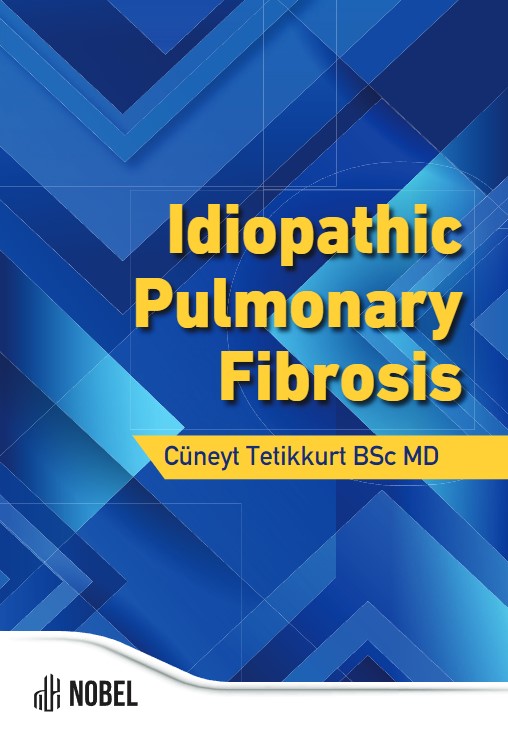Pathology
No contributors found.
Release Date:
Abnormal wound healing of idiopathic pulmonary fibrosis is characterized by an inappropriate wound healing response following lung injury, leading to excessive proliferation of fibroblasts and deposition of extracellular matrix proteins. Fibroblasts and myofibroblasts are central players in the fibrotic process, these cells proliferate and produce large amounts of collagen and other matrix components, contributing to [...]

